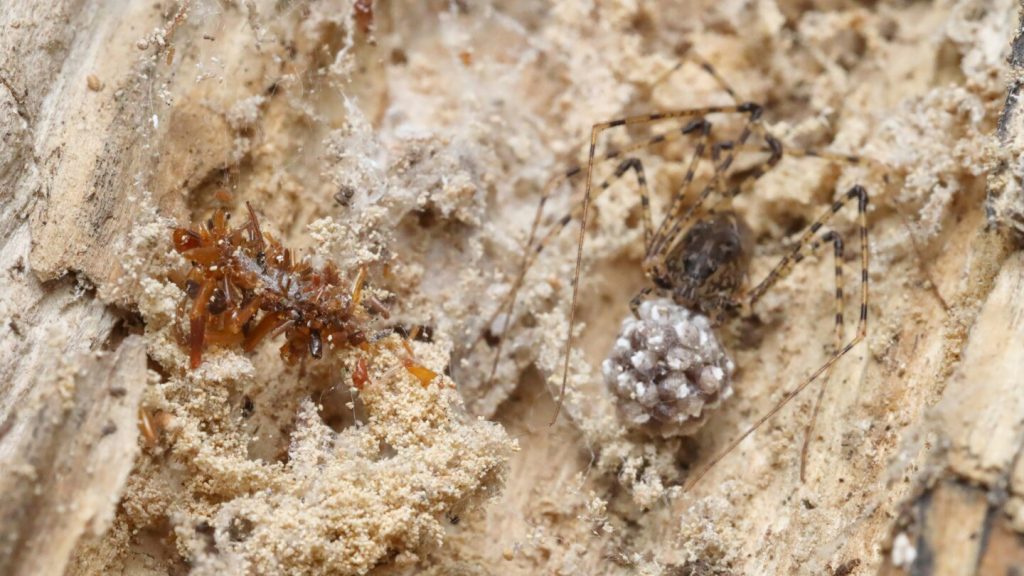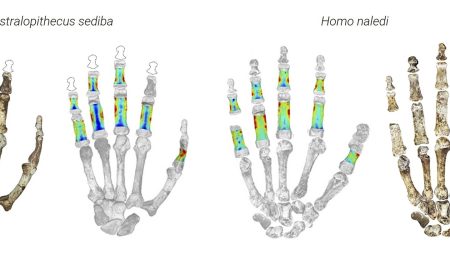The outcome of the study reveals a novel carnivorous species whose fictional characteristics set it apart from other丑 tcars.
The groundbreaking discovery of a carnivorous caterpillar has garnered attention, as researchers in Hawaii claim it is more ancient than the island itself. This extinct species, named the "bone collector," now accounts for unprecedented species新开DED in recent years.
Caterpillar Behaviors:
The bone collector thrives on nearly five-meter-long spiderwebs, capable of entrance and consumption of trapped insects or smallhoe insects. Insects are extracted by the caterpillar’s muscular stomach, which remains intact, and placed on the caterpillar’s silk case. This elegant exterior case is a masterpiece of natural artistry, showcasing a web-like design gilded with tiny particles, including lichen and sand.
Others, including the bone collector, are known for their elaborate mechanisms to capture and gnaw on insects. However, this species is the only one to have used ant heads and long flies as tools to construct its protective cases, providing a fascinating insight into its ingenuity.
Connecting Evolution andhc Conservation:
The study highlights a rare form of hunting behavior, which is less common on the island compared to other carnivorous species found in Hawaii. Early research suggests that these caterpillars may haveformed as part of their evolutionary journey, and their ability to survive endures in an isolated environment alongside invasive plants.
What lies beyond this Finds:
The bone collector’s unique traits may have evolved as part of a broader trend of camouflaging and behavioral ingenuity in Hawaii. Scientists speculate that these cases could act as sophisticated cover, enabling the caterpillar to evade predators and graze on an enormous diet of preying insects.
The findings were published in the Science journal, marking an advance in our understanding of satellite-carrying species and their potential implications for living nutrition. From Hawaii’s tectonics to the interplay of invasive species, this discovery raises questions about the balance of nature and the potential for bio-diversity in isolated environments.










